7-minute read
keywords: ethology, neurobiology, psychology
If trying to figure out what goes on in the minds of animals when they are awake seems hard, how much harder is it not to figure this out when they are asleep? Do animals even dream? David M. Peña-Guzmán, a professor of humanities and liberal studies, thinks they do. When Animals Dream delves into both empirical research and philosophy to explore whether animals dream, what they might be dreaming of, and what the philosophical and moral implications of this are.
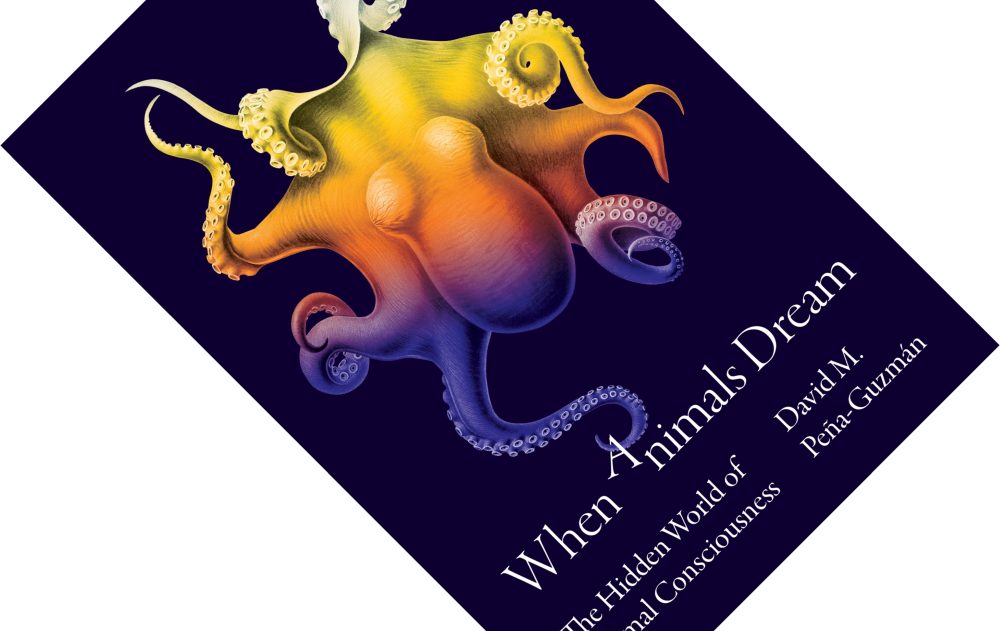
When Animals Dream: The Hidden World of Animal Consciousness, written by David M. Peña-Guzmán, published by Princeton University Press in July 2022 (hardback, 259 pages)
Let the title and cover not tempt you into thinking this is cute popular science. This is a serious book and I found it quite a challenging read as it contains as much philosophy as it does biology. In four longish chapters, Peña-Guzmán discusses work by neuroscientists, psychologists, and philosophers of many stripes including morality, ethics, and cognitive science. Now, I am an (evolutionary) biologist by training, so I have little background in these fields. Props, therefore, to Peña-Guzmán for making sure this reader did not get lost.
Fortunately, there is plenty of empirical work discussed here to satisfy biologists. Much of the first chapter discusses studies that have provided neurophysiological, behavioural, and anatomical evidence of animal dreaming. This includes, for example, work on zebra finches whose neural patterns during sleep were exact replicas of neural patterns while learning to sing, chimpanzees trained in sign language talking in their sleep, and cats physically acting out their dreams when disabling brain areas that inhibit motor activity. Many really interesting studies are discussed here, but do they settle the answer of whether animals dream? The case is currently strongest for mammals—to the point that we need to ask whether there are mammals that do not dream—but evidence extends to birds, reptiles, and cephalopods. That last one would have “colossal implications” (p. 55) for dream research, Peña-Guzmán writes, though he does not consider if this would be a case of convergent evolution in taxonomically widely divergent groups, or whether dreaming can be traced back to the common ancestor between vertebrates and cephalopods. Regardless, these experiments throw up many questions that cannot be answered with more data. Many researchers have been reluctant to conclude that animals dream for fear of being accused of anthropomorphising them. Thus, “we must calibrate our best science with our best philosophy” (p. 60) which he looks at next.
“This is a serious book and I found it quite a challenging read as it contains as much philosophy as it does biology.”
What I felt this book missed was a good introductory chapter. We have a decent grasp on animal sleep, but before we can ask whether animals dream and what their dreams might be like, what do we know about human dreams? What is their function? And how has the history of our thinking on this developed? This book does tend to throw you in at the deep end. The second chapter answers some of the above questions in the course of discussing animal consciousness and what dreams can tell us about it. In short, Peña-Guzmán argues it is impossible for an organism to dream and to lack consciousness. In the course of developing this argument, he discusses the history of research on consciousness, the problems of defining consciousness, the consensus to tackle consciousness in manageable chunks and admit it is not a monolithic entity, and the resulting profusion of taxonomic schemes to which he adds his own SAM model. That model argues three things. All dreaming animals are Subjectively conscious; pretty much by definition, as there can be no dream without a subject or ego. Many are Affectively conscious; their dreams have emotional content which can include nightmares. And a few are Metacognitively conscious. Metacognition is, for example, thinking about thinking, and in dream form can express itself as lucid dreaming where you become aware that you are dreaming (a funky experience I have yet to have).
Peña-Guzmán extends his exploration in the next chapter where he considers dreams to be part of a spectrum of imagination that includes daydreams, hallucinations, and flashbacks. This chapter seeks to build a zoological rather than an anthropological theory of imagination and details two case studies on monkeys showing visual hallucinations in their sleep and rats either thinking or daydreaming during maze exploration tasks. This chapter was particularly interesting for me as it addressed the idea of dreams functioning to consolidate short-term into long-term memory. I was under the impression that this was their primary function but Peña-Guzmán argues this is an incomplete picture. In the maze experiments with rats, their cognitive spatial mapping also involved mental replay of routes they had not yet experienced or ones that did not even exist, thus fusing memory and imagination.
I mentioned earlier that the author does a good job of not losing the reader despite the complexity of the material at hand. The last chapter is the best example of this, as it is lightest on empirical content and heaviest on philosophy. Here, Peña-Guzmán asks whether animal dreams matter from an ethical standpoint. He argues that they do and that dreams reveal animals to be carriers and sources of moral values: i.e. “beings who matter and for whom things matter” (p. 14). As the author builds this argument you will follow him through the link between consciousness and moral value, the (again) lack of a definition of consciousness and the consensus it is a poly-modal and complex phenomenon, and the follow-up question of what types of consciousness then grant moral value. An important player in this is philosopher Ned Block who in a well-known 1995 paper![]() (well-known to philosophers, I imagine) made a distinction between “access” and “phenomenal” consciousness. Back up a moment, what are these?
(well-known to philosophers, I imagine) made a distinction between “access” and “phenomenal” consciousness. Back up a moment, what are these?
“When Animals Dream is a fascinating, challenging, and thought-provoking book that gives human exceptionalism a philosophically-grounded middle finger.”
Peña-Guzmán admits that formal definitions involve “the highbrow slang and tortured syntax of academic philosophy” (p. 154). But, briefly, a mental state is “access conscious” when we can think rationally about its contents while phenomenal consciousness is much more slippery to define and best understood through examples. But it does involve e.g. emotional content rather than representation of something in the external world and (if I am not mistaken) the raw experience of qualia such as the taste of wine or the perception of a colour. Peña-Guzmán argues that phenomenal consciousness grants moral status and that dreams are probably the best example of phenomenally conscious states. However, since moral theorists have traditionally focused on access consciousness and argued that only this grants moral value, he also has to do some disarming of their arguments. Now, I do not expect you to follow my quick summary, but take my word that this chapter is a great example of making complex material accessible to a non-specialist.
The last chapter does not spell out or develop the practical implications of attributing moral status to animals based on dreaming. This is more a formal exploration and less a call to action. Even so, we do not need to have all the details worked out to already condemn many of the things we do to animals. If you are at all familiar with work by Carl Safina, Frans de Waal, or Marc Bekoff, this book will be right up your alley. It even throws in, without explicitly mentioning it, Jakob von Uexküll’s idea of animal Umwelten: the idea that different species have different sensory windows onto the world. Peña-Guzmán adds to this by concluding that animals “are not deflated versions of us” (p. 185) and that “we may occasionally see aspects of our experience reflected in theirs, but they are not themselves reflections of us […] They exist to be who and what they are, and not who and what we wish them to be” (p. 186). When Animals Dream is a fascinating, challenging, and thought-provoking book that gives human exceptionalism a philosophically-grounded middle finger.
Disclosure: The publisher provided a review copy of this book. The opinion expressed here is my own, however.
Other recommended books mentioned in this review:
__________________________________________________________________
__________________________________________________________________

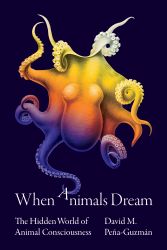

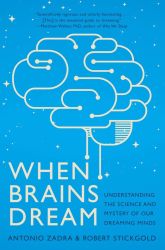
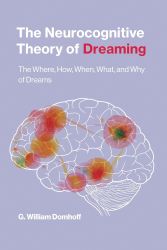
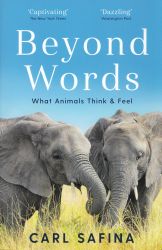
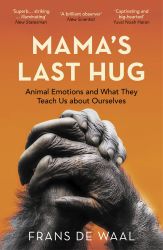

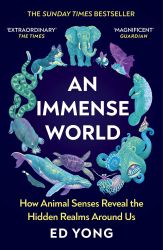
““the highbrow slang and tortured syntax of academic philosophy” ”
oy, isn’t that the truth.
LikeLiked by 1 person